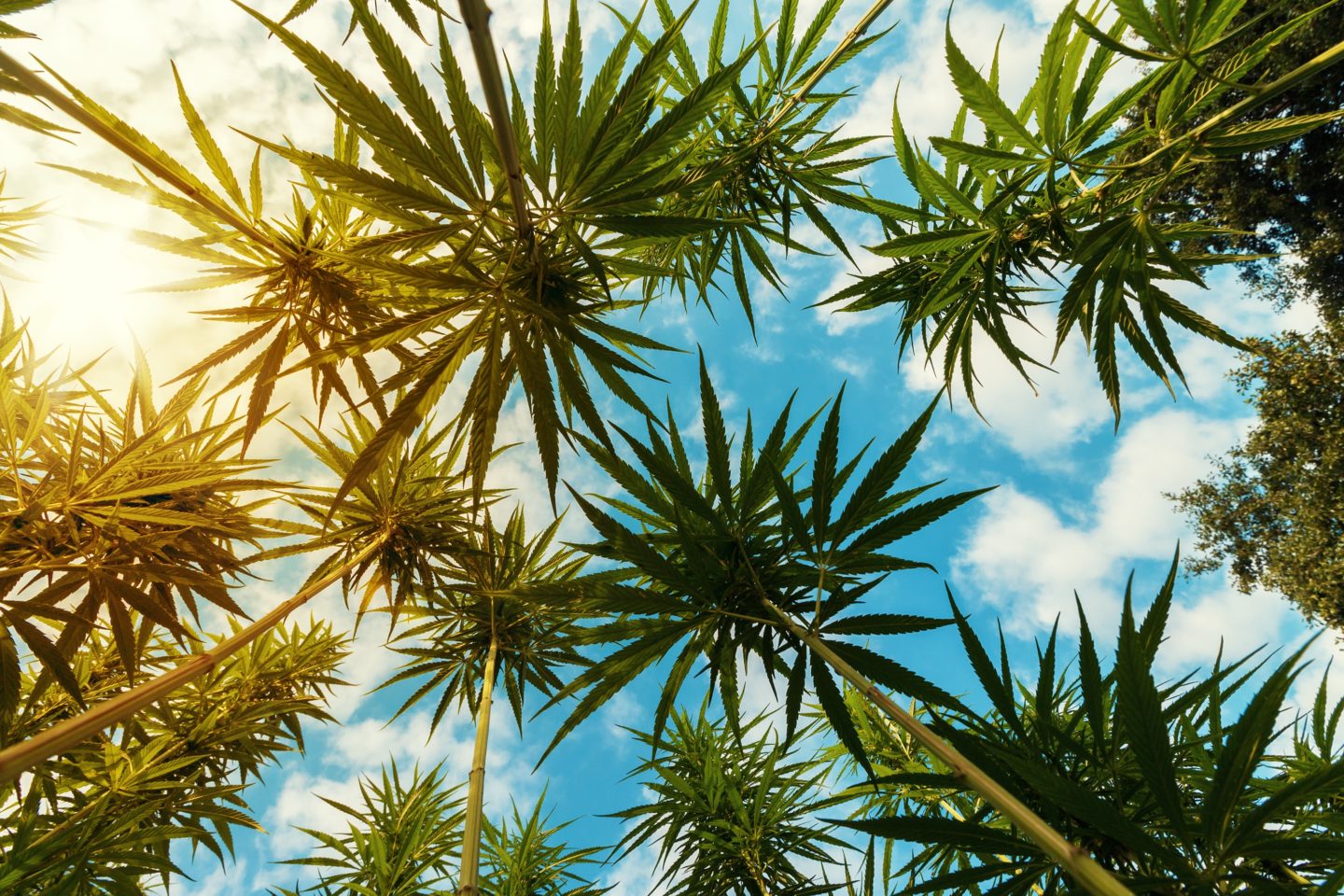New York Hemp Plan Approved By USDA
FeaturedHempNew YorkTrending Stories January 4, 2022 MJ Shareholders 0

The state of New York received an end-of-year approval of its hemp plan by the United States Department of Agriculture (USDA).
New York State Agriculture Commissioner Richard A. Ball announced on December 28 that the state’s hemp program had officially received USDA approval. The New York State Department of Agriculture and Markets’ Hemp Program Plan is now accepting applications, as of January 1, 2022.
Ball stated that New York has been long been pursuing hemp as an agricultural good, and is confident that this new program will help propel the state further ahead.
“New York State has been a leader in the hemp industry since the launch of its pilot program, with producers registered to grow industrial hemp on 30,000 acres. Under this new plan, our growers will have stability and consistency in regulations moving forward, with continued guidance and support from the Department,” he said in a press release. “We look forward to continuing to administer this important program, which provides growers with an avenue to diversify crops and tap into new markets.” As of 2021, the state of New York allowed 800 registered cannabis producers to cultivate hemp.
Licensed growers who have previously participated in the state’s hemp program will need to reapply for a new license, as their old one expired on the last day of 2021. All applicants are also required to participate in the FBI Identity History Summary Check within 60 days of the submission of their application.
The initial draft of the New York State Hemp Plan was sent to the USDA in October 2021. Ball explained in his introductory letter that back in 2016, a hemp crop was harvested for the first time in over 80 years, and at the time, the state only allowed 10 growers to cultivate and harvest the herb. “It is clear that hemp production in New York State is here to stay, and we look forward to New York’s farmers realizing the full economic potential of hemp in the years to come,” he explained. “In closing, I am confident the State of New York has the necessary resources in place to administer a compliant hemp production program in New York State.”
The hemp plan address a wide variety of changes regarding the application process, grow reporting and recordkeeping, license renewal, inspections, violations and much more.
New York has progressed in a number of ways. The Office of Cannabis Management announced new rules for cannabis products in mid-December 2021, which included an increase of the CBD limitation from 75mg to 100mg, as well as an increase of THC hemp extracts from three percent to five percent. The Cannabis Control Board also removed the requirement that cannabis products must be shelf stable, which effectively opens up the industry to infused food and drinks. “These additional Cannabinoid Hemp Program regulations are the latest step in the evolution of the cannabis industry ecosystem we are building in New York State and I look forward to considering these with my colleagues on the Board at our next meeting,” said Tremaine Wright, Cannabis Control Board Chair. “Ensuring New Yorkers know they are purchasing safe, tested products while providing the industry with the tools to compete and grow is critical to its long-term success.”
The first day of the year also marked the first day going forward that New York cities can no longer opt-out of allowing adult-use dispensaries or consumption lounges. Any cities that didn’t opt-out were automatically opted in. According to Rockefeller Institute of Government “Opt-out tracker” and estimated 655 of 1,518 municipalities opted out for dispensaries, and 751 of 1,518 opted out of consumption sites (although this data is subject to changes).
MJ Shareholders
MJShareholders.com is the largest dedicated financial network and leading corporate communications firm serving the legal cannabis industry. Our network aims to connect public marijuana companies with these focused cannabis audiences across the US and Canada that are critical for growth: Short and long term cannabis investors Active funding sources Mainstream media Business leaders Cannabis consumers










No comments so far.
Be first to leave comment below.